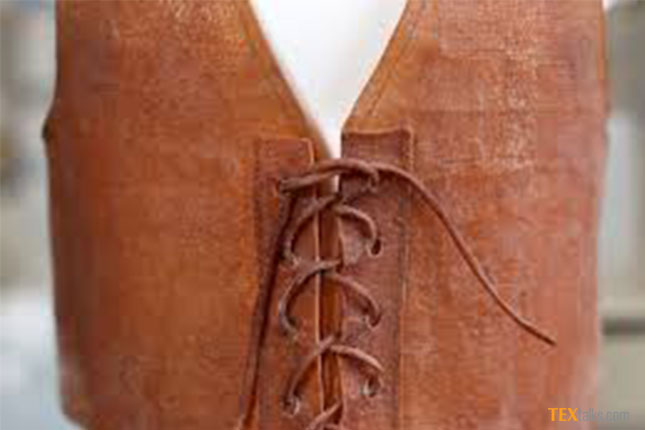Researchers at the Cambridge University have formulated super-stretchy and solid filaments made out of the water, and could be utilized to make apparel, sensors and different other textile materials. The filaments, which look is smaller than usual bungee strings, are practical, nonpoisonous and can be made at room temperature.
This new strategy can not only enhance the prior techniques for making engineered arachnid silk, but it could significantly enhance strategic production of different types of strands since different sorts of engineered filaments depend on high-vitality, dangerous strategies. “We still can’t seem to completely reproduce the style with which creepy crawlies turn silk,” said co-creator Dr Darshil Shah from Cambridge’s Bureau of Design.
The filaments outlined by the Cambridge group are “spun” from a soupy material called a hydrogel, which is 98% for every penny water. The staying two for every penny of the hydrogel is made of silica and cellulose, both normally accessible materials, held together in a system by barrel-molded atomic “cuffs” known as cucurbiturils. The compound collaborations between the diverse parts empower long filaments to be pulled from the gel. The strands are pulled from the hydrogel, shaping long, greatly thin strings – a couple of millionths of a meter in breadth. After about 30 seconds, the water vanishes, leaving a fibre which is both solid and stretchy.
“Despite the fact that our strands are not as solid as the most grounded creepy crawly silks, they can bolster worries in the scope of 100 to 150 megapascals, which is like other engineered and regular silks,” said Shah. “Be that as it may, our strands are non-lethal and far less vitality serious to make.”
The filaments are prepared for self-get together at room temperature, and are held together by supra-molecular have visitor science, which depends on powers other than covalent bonds, where molecules share electrons.
“When you take a gander at these strands, you can see a scope of various strengths holding them together at various scales,” said Yuchao Wu, a PhD under study in Cambridge’s Bureau of Science, and the paper’s lead creator. “It resembles a chain of importance that outcomes in an intricate mix of properties.”



